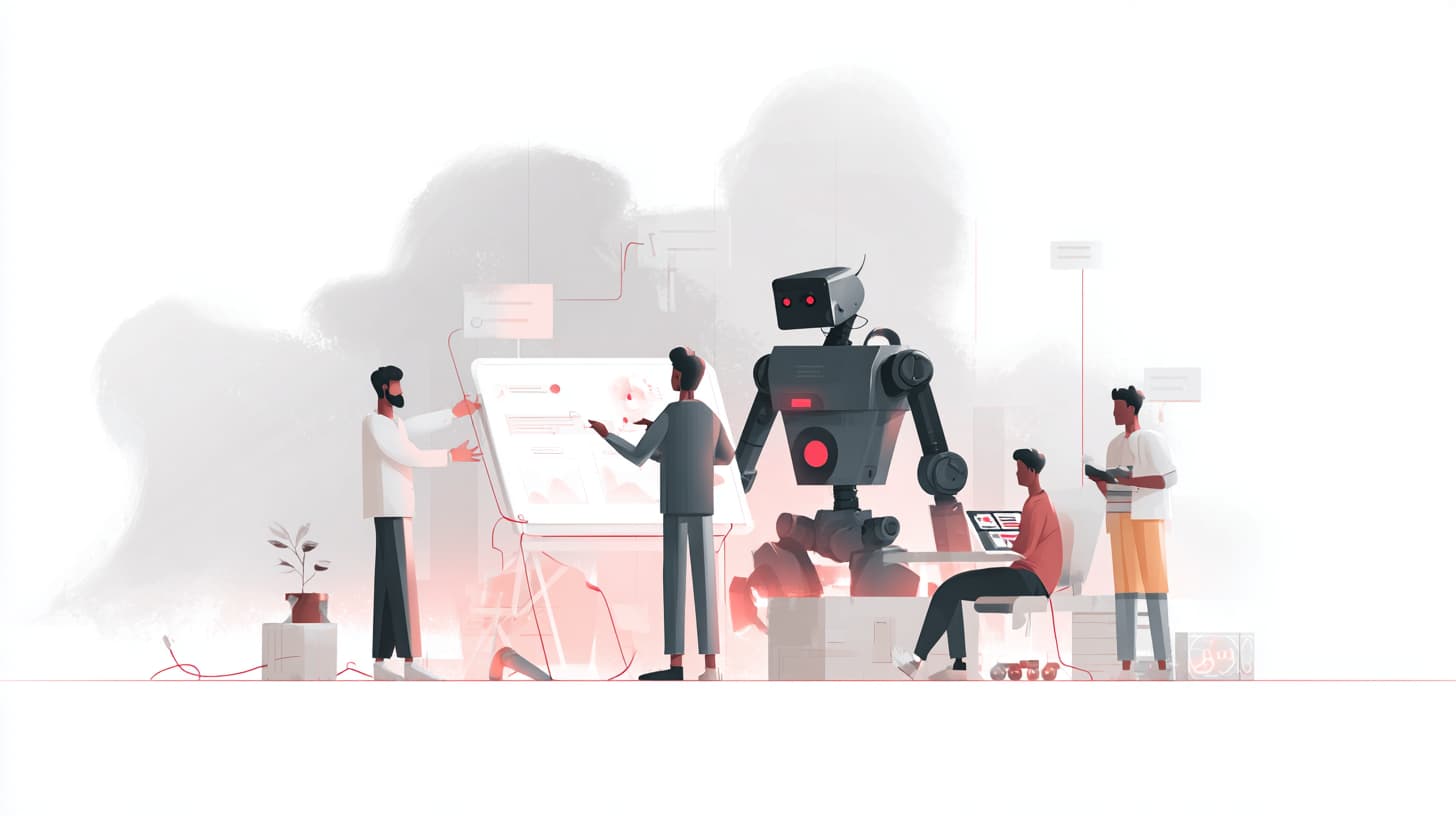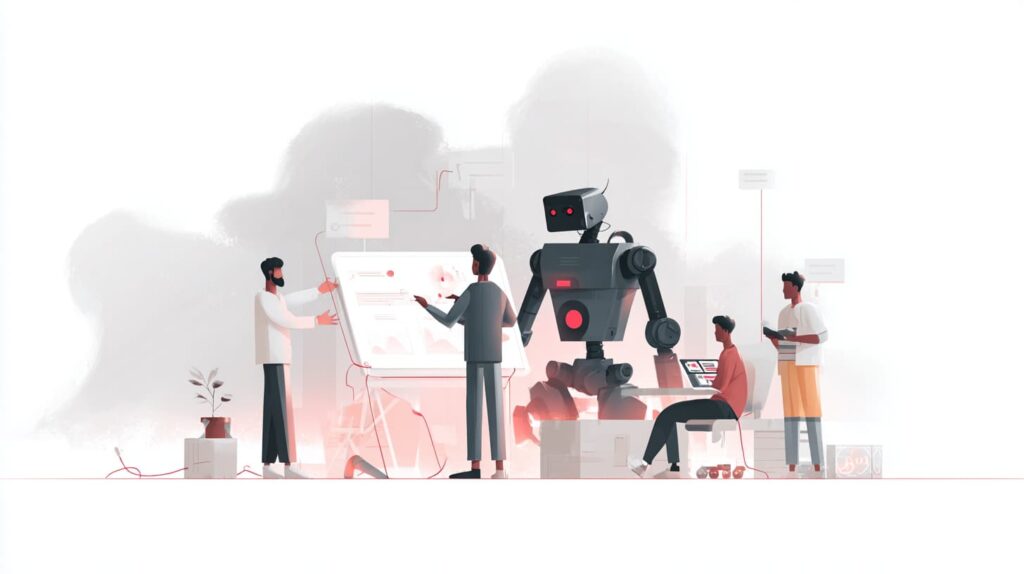By Lucas De Vivo
- In July 2025, the 6th Annual CxO Priorities Study was released by the German consultancy Horváth.
- This year’s survey focused on the new strategic direction companies are taking amid international tensions and macroeconomic challenges, with an emphasis on the maturity of AI initiatives and the relocation of operations and workforce.
- Lukas Struck, strategy and transformation consultant at Horváth, spoke about the process behind developing the study and shared the German consultancy’s perspective on the survey results.
The current business landscape is defined by an increasingly fragmented global economy and rapid technological disruptions, with the advancement of Artificial Intelligence (AI) becoming a key driver of market growth. As a result, high-level executives (CxOs) face the challenge of navigating uncertainty and turbulent conditions while striving to sustain, expand, and internationalize their operations.
The 6th Annual CxO Priorities Study by German consultancy Horváth provides a roadmap for understanding and addressing these challenges, offering insights into AI maturity, sustainability efforts, and how to reallocate the workforce within a fragmented global economy.
With input from over 1,000 global leaders across 33 countries, including approximately 40% CEOs and 29% CFOs, the study covers macroeconomic challenges, the transformative role of technology (particularly AI), and the impact of corporate initiatives aimed at achieving more balanced global trade.
Titled “Fundamentals: The New Strategic Edge – Navigating Trade Conflicts and Technological Disruptions”, the report clearly underscores the importance of returning to essential business fundamentals and treating them as a source of competitive advantage. These include renewed prioritization of the workforce (in pursuit of greater operational excellence), enhancement of product and service portfolios, and maintaining a balanced value chain—all seen as strategic advantages critical to success.
To seize opportunities and stay ahead of market evolution, it’s crucial to understand how to integrate these priorities into the company’s daily operations. The goal must no longer be mere survival but rather thriving and outpacing global competition.
We interviewed Lukas Struck, strategy and transformation consultant at Horváth, to explore the key findings of the analysis around profitability, digital maturity, and the strategic reorganization of businesses.
Profitability and Digital Transformation Maturity
One of the central conclusions presented by the study is the strong commitment of CxOs to drive profitability, always fueled by the strategic use of technology.
In manufacturing industries, improving cost and profit structures is the top priority, as gaining efficiency is essential to deal with market volatility. In service industries, digital transformation again tops the agenda, particularly with the goal of cost reduction.
Lukas Struck, strategy and transformation consultant at Horváth, emphasizes the focus on core portfolios and businesses to enhance profitability and reduce expenses: “Companies know their core markets better. This is not the time to diversify products or markets; it’s about focusing on what is already consolidated”.
The survey also highlights maturation in the digital transformation narrative: the phase of experimentation is increasingly being replaced by pressure to prove the creation of value from investments in AI, among other technologies. “It’s important here to understand the difference between investment and actual innovation,” says Struck. For him, it’s not just about money, but about having the right mindset. “You need a strong leadership team behind the changes, good management in place. Beyond the technical side, there’s the human workforce.”
Reorganizing structures and processes also becomes a necessity, in the pursuit of greater agility and resilience. “Everyone is reorganizing their companies, focusing on people-related topics. They are looking for more efficient teams and structures, and, unfortunately, making some staff cuts to reinforce the highest priority: improvements in cost and profit disciplines,” explains Lukas.
Currently, executives are prioritizing initiatives that offer immediate returns to combat uncertainty and cost pressures.
The Strategic Impact of AI: Maturity, Investment, and Increased Productivity
Many companies are still in the early stages of adopting AI in their processes. According to Struck, it is important to understand what AI adoption truly involves: “Buying licenses for ChatGPT or other tools is not exactly starting an AI process. From the beginning to the use cases, there is an evident gap.”
According to the report, over 30% of companies have not yet reached a minimally structured approach to using AI in their operations, and administrative processes are the most stagnant, with 43% of companies still in the early stages of maturity.
Despite this, AI investments are growing exponentially, primarily directed toward measurable productivity gains in IT, digitalization, and operations. “Most companies are just starting,” explains Lukas. “They expect to increase their workforce productivity with AI in various areas in the coming years, but they have yet to identify their use cases. It’s a long road ahead.”
However, there are still areas that are underutilizing the potential of AI, such as communication and customer service, product and service offerings, and managerial decision-making. For the latter, 40% of companies have not even begun the journey.
Although service industries lead in AI investment, manufacturing industries are showing strong momentum in AI spending, with the automotive sector being the most notable, showing a 48% increase in investments compared to 2024.
“In the automotive sector, there is a plan to increase revenue and income development, but even so, workforce development is decreasing,” explains Lukas. “These topics likely go hand in hand, and they are increasing their AI spending in hopes of cutting personnel costs elsewhere.”
Investments are declining in areas such as consumer goods, transportation, travel, and logistics. According to the research, this suggests shifts in budget priorities or even delays in scaling AI initiatives beyond the initial stages.
Strategic Reallocation and Revenue Optimization in a Fragmented Economy
In the face of the fragmentation of the global economy and growing trade tensions (such as tariffs and export restrictions), companies’ global presence is increasingly being rethought and redesigned.
The current scenario demands cost optimization and reduced dependence on external markets, with all sectors seeking a 3% cost reduction relative to revenue. Among the prioritized changes in this redesign are expenses related to SG&A (Selling, General, and Administrative) and materials (in manufacturing industries), as well as personnel-related costs (in service industries).
Revenue growth and the optimized reorganization of costs are balanced topics in board discussions, with revenue increases being more driven by volume rather than prices. This reflects sensitivity to value and intensified competition, along with the challenge, due to the need to maintain relationships, of passing on cost increases to consumers.
Investment reallocation is also gaining focus, with India being the primary destination for the workforce, and Europe one of the most sought-after regions for CAPEX. Two-thirds of the total investments are directed to the European continent, with a planned increase of approximately 7% year-over-year over the next five years.
“Companies in the DACH region (Austria, Switzerland, Germany) have changed their plans to, for example, Eastern and Southern Europe, both in terms of workforce and CAPEX,” says Lukas. He further explains that the availability of talent is crucial for these reallocations: “Many young professionals, with good education, are entering the market as part of the workforce. This is a strategic advantage in low-cost countries, with not-so-expensive working hours.”
Commitment to Net-Zero Goals and Sustainability Uncertainties
Despite external uncertainties and increasing cost pressures, most responding companies remain firmly committed to their net-zero goals. This highlights that, although sustainability is no longer one of the top priorities, it is still an essential part of strategic planning.
According to the sample, 70% of organizations remain committed to net-zero, with some even planning to accelerate their efforts, using sustainability as a competitive differentiator.
“Planning and the process have already been established. Companies are going through this with their goal in mind and objectives already set,” says Struck.
However, challenges remain in a volatile context: one in five companies is considering delaying their goals, balancing long-term objectives with immediate demands and results. As a result, the focus on sustainability is losing momentum compared to 2024.
According to the Horváth consultant, regulatory issues strongly influence this decision: “Regulations have also been delayed, and companies no longer need to provide certain public statements on relevant topics as soon as they did in previous years,” he explains. “They postpone their goals because they are not forced to honor significant commitments at this moment.”
In the case of service industries, there is a higher level of commitment, as the manufacturing sector has greater emission intensity and, consequently, a more complex transition.
Although emphasizing that long-term results related to sustainable efforts are harder to measure and contrary to the current demand for immediacy, Lukas highlights the importance of sustainability for both Horváth and the market itself: “We at Horváth are not simply sidelining the topic and waiting to see what happens. We have clients and projects focused on this issue,” he reiterates.
“It’s important to remember that a company viewed as sustainable becomes more attractive to new workers and the external market. The ‘green company’ image contributes to employer branding and reputation.”
Conclusion
In a global scenario marked by trade tensions, economic instability, and accelerated technological transformations, the 6th Annual CxO Priorities Study by Horváth brings to light the key initiatives of executives aimed at reclaiming and strengthening the strategic fundamentals of organizations.
The pursuit of operational excellence, combined with a focus on core businesses and the discipline of profitability, emerges as a response to the growing pressure for efficiency. Immediate impact measures, involving internal restructuring and cost cuts, are on the rise, and the focus on productivity guides much of the decision-making.
With the advancement of AI, digital transformation moves beyond the experimentation phase and solidifies as a central tool for increasing efficiency. AI, in turn, represents one of the main bets when it comes to boosting productivity. Investments are growing, but maturity remains questionable as companies seek to define clear use cases and structured strategies for adopting these models.
Sustainability, meanwhile, remains a relevant pillar in corporate strategy, but some efforts in its favor are being postponed in favor of immediate-return initiatives.
Ultimately, thriving amidst global fragmentation requires, above all, a balanced integration of profitability, precision in workforce movements, adoption of new technologies, and the socio-environmental impact of these decisions.
LUCAS DE VIVO IS Writer on EloInsights











